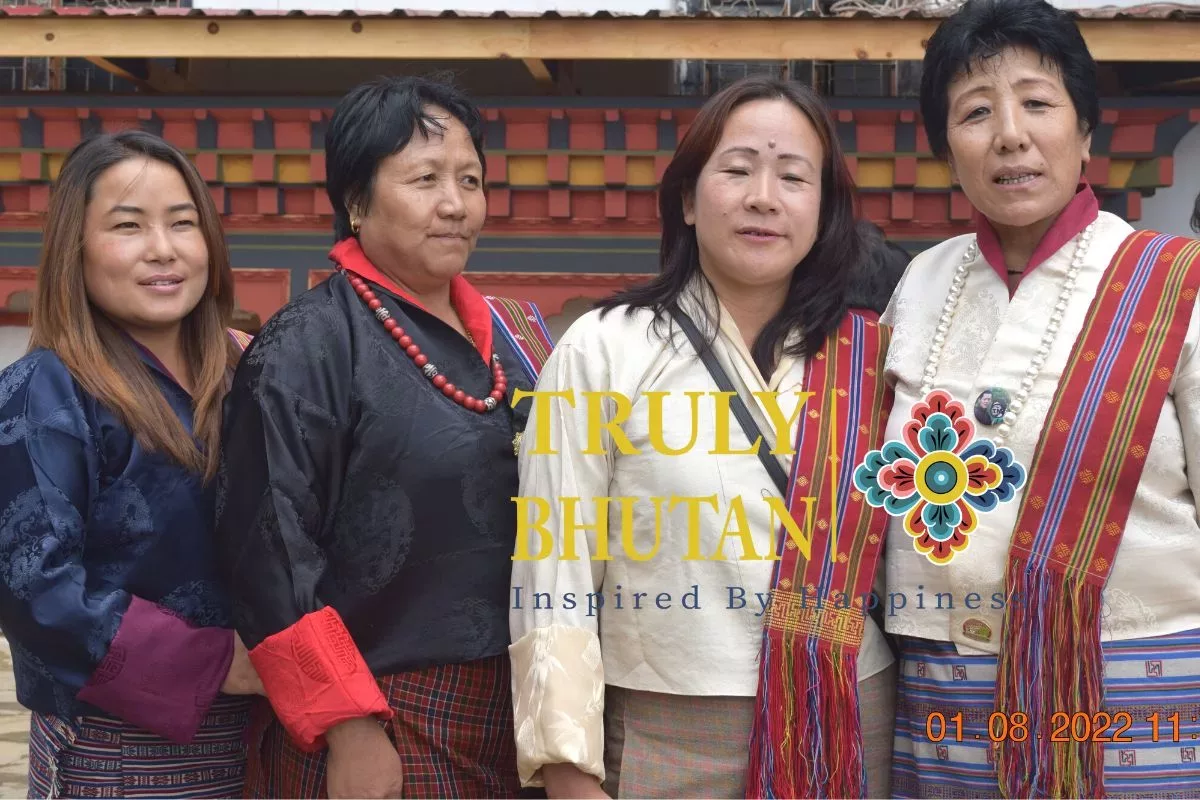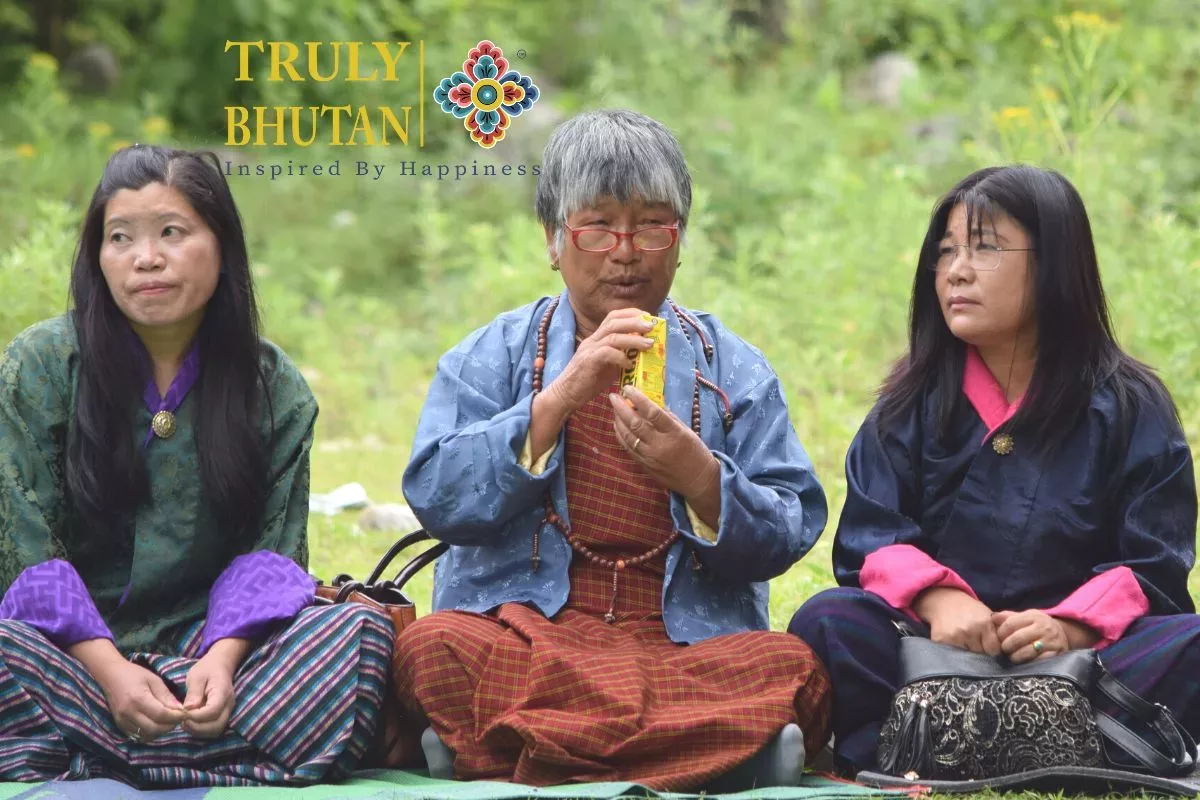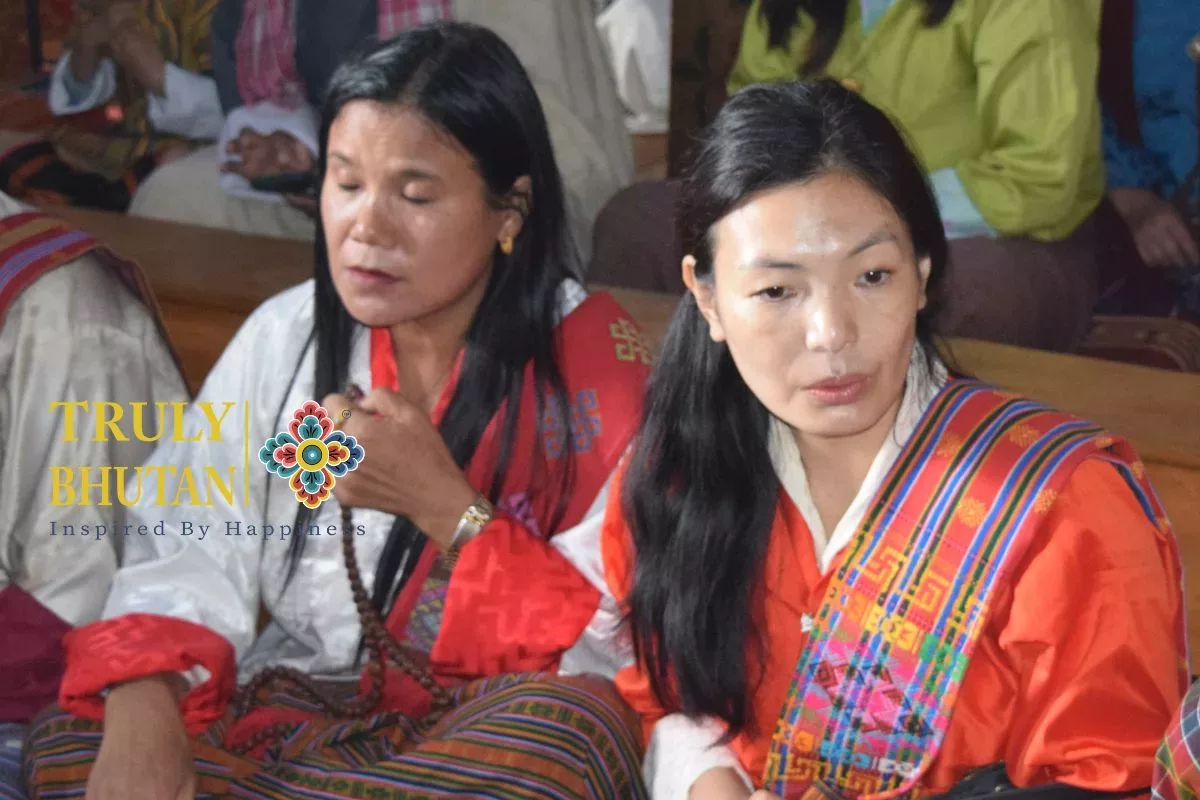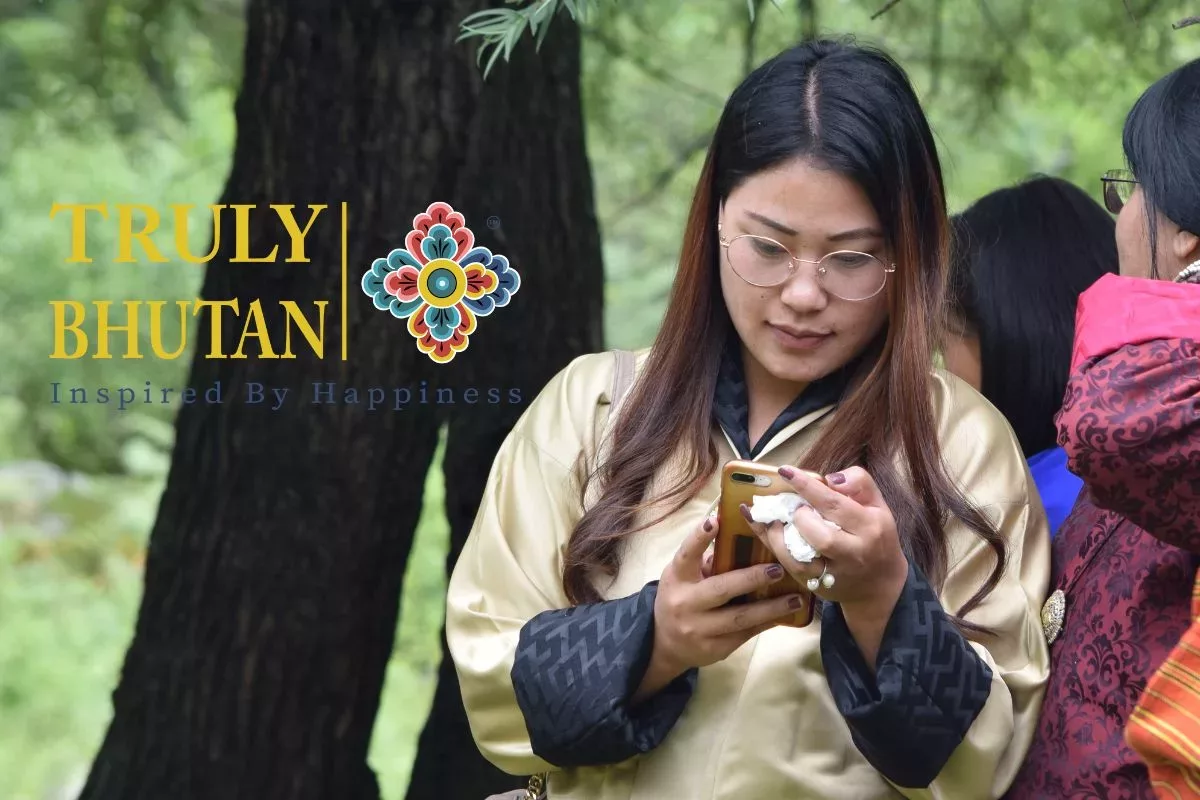Detailed Program
On arrival, our representative will meet you and transfer you to your hotel in Thimphu, the capital of Bhutan for two nights in Paro. We will drive a distance of 65 km for about one hour journey to Thimphu at an altitude of 2,350m. The rest of the day is free to explore this fantastic town and all of the fun attractions, sightseeing, and shopping.
Places and attractions:
- Rinpung Dzong
- Drukgyel Dzong
- Taktshang
- Kyichu Lhakhang
- Kila Gompa
- Dungtse Lhakhang
- Tachog Lhakhang
- Dzongdrakha
Accommodation options:
Today we explore a fascinating full-day tour to see the best of Thimphu city at an altitude of 2,300 m. The first stop is at the National Memorial Chorten, built in memory of the third King Jigme Dorji Wangchuk. Next, visit the 13th-century Changangkha Temple and the Folk Heritage Museum, a showcase of the Bhutanese artifacts used in rural households.
Later, drive up to the Kuensel Phodrang (Buddha Point) offering a panoramic view of the Thimphu valley. After lunch, visit the Mini Zoo for Takin (national animal of Bhutan) and continue to the Centenary Farmer’s Market on the banks of the Wangchhu River selling farm produces, local arts and crafts, etc.
Overnight in Thimphu.
Places and attractions:
- Tashichho Dzong
- Semthoka Dzong
- Dochu La Pass
- Memorial Chorten
- Changangkha Lhakhang
- Zangdopelri
- The Tallest Buddha Image
- Tango And Cheri Monasteries
- The Handicrafts Emporium
- Traditional Medicine
- Zorig Chusum Institute
- National Library
- Weekend Market
- Botanical Garden
- Thadrak Goemba
- Tashigang Goemba
- Chizhing Samtencholing Lhakhang
Accommodation options:
Today we explore a fascinating full-day tour to see the best of Thimphu city at an altitude of 2,300 m. The first stop is at the National Memorial Chorten, built in memory of the third King Jigme Dorji Wangchuk. Next, visit the 13th-century Changangkha Temple and the Folk Heritage Museum, a showcase of the Bhutanese artifacts used in rural households.
Later, drive up to the Kuensel Phodrang (Buddha Point) offering a panoramic view of the Thimphu valley. After lunch, visit the Mini Zoo for Takin (national animal of Bhutan) and continue to the Centenary Farmer’s Market on the banks of the Wangchhu River selling farm produces, local arts and crafts, etc.
Overnight in Thimphu.
Places and attractions:
Accommodation options:
After breakfast, we drive a distance of 68-km for about 2 hours to Bumthang passing through Yutong La Pass at an altitude of 3,300m. You can have early lunch as there are lots of important places to visit: the Jakar Dzong, the Jambay Lhakhang, built in the 7th century by the King Songtsen Gampo of Tibet, the Kurjey Lhakhang, built in 1652, and named after the body imprint of Guru Rinpoche who introduced the Buddhism in Bhutan, the Tamshing Lhakhang, built in 1501 and the most important Nyingma temple in Bhutan.
Overnight in Bumthang at an altitude of 2,600m.
Places and attractions:
Accommodation options:
This morning we will travel a distance of 188 km for about 5-6 hours to Gangtey via Trongsa. Phobjikha valley is one of the winter roosting grounds of the rare Black-necked Cranes, where they come in hundreds after spending their summer in Tibet and then migrate to the Himalayas of Bhutan to spend their winter – they arrive in September and October and fly back to Tibet between February and March. The evening is at leisure to relax and enjoy, we have allowed some time for this and also to explore the delightful surroundings of Gangtey in Phobjikha valley.
Overnight in Gangtey.
Places and attractions:
- Dargay Goemba
- Gangtey Gompa
- Temple Of Sha Radap
- Gaselo & Nahee Village
- Adha And Rukha Village
- Shaa Region Of Wangdiphodrang
- Bhey Langdrag Nye
Accommodation options:
After breakfast, visit the picturesque Gangtey Gonpa, the only Nyingma monastery on this side of the Black Mountains. Later, we drive a distance of 65 km for about 3 hours to Wangdue Phodrang first and will photo stops along the highway as there are loads of breathtaking views during the journey. Continue into Punakha for a distance of further 13-km journey at an altitude of 1,800m.
Overnight in Punakha.
Places and attractions:
- Punakha Dzong
- Khamsum Yulley
- Talo Goenpa
- Nalanda Buddhist College
- Chorten Nyingpo Lhakhang
- Sangchen Dorji Lhuendrup
- Limukha Village
- Ritsha Village
Accommodation options:
This morning visit the Punakha Dzong, (also known as the Pungthang Dechen Phodrang Dzong), which is located at the confluence of the Phochhu (male) and Mochhu (female) Rivers. Today the dzong serves as the administrative center of Punakha Dzongkhag (district) and as well as the winter residence of Bhutan’s Central Monastic Body led by His Holiness the Je Khenpo (Chief of Abbot). Punakha, at an altitude of 1,300m, was once the old capital of Bhutan and the seat of government until 1955.
No visit to Bhutan would be considered complete without a trip to the famous Chimi Lhakhang (temple) esp. for honeymooners. The temple is located near Lobesa on a round hillock and is popularly known as the “fertility symbol” built by Lama Drukpa Kinley, the “Divine Madman” who was fond of women and adopted unorthodox ways of teaching Buddhism. He is also the saint, who advocated the use of phallus symbols as paintings on walls and as flying carved wooden phalluses on house tops at four corners of the eves.
Legend has it that the couples wishing to have a baby from across Bhutan and occasionally from overseas are blessed with a child after visiting the temple – Japanese and several American couples visited this temple and were blessed miraculously with children. A replication of the iron bow and arrows of Drukpa Kinley, his scriptures, and the phallus bless couples that visit the Lhakhang, which is the symbolic representation of fertility. Then drive to Paro, which is one of the most beautiful valleys in Bhutan and home to the famous Paro Taktshang (also known as Tiger’s Nest), National Museum.
Spend the night in Paro.
Places and attractions:
- Rinpung Dzong
- Drukgyel Dzong
- Taktshang
- Kyichu Lhakhang
- Kila Gompa
- Dungtse Lhakhang
- Tachog Lhakhang
- Dzongdrakha
Accommodation options:
This morning you’ll take a hike to Paro Taktshang Monastery (Tiger’s Nest). No visit to Bhutan would be complete without a trip to Taktshang. The monastery is perched on the edge of a cliff, about 900m above the Paro valley, and takes about a 2-hour climb on a well-maintained trail through beautiful pine forest, trees festooned with Spanish Moss and fluttering prayer flags.
Legend has it that Guru Rimpoche flew to Paro Taktshang cliff in the form of Guru Dorji Drolo, mounted on a flaming tigress in the 8th century. Afterward, there may also be time to visit the Ta Dzong (ancient watch tower), which now houses the National Museum of Bhutan, and then walk down a hillside trail to visit the Paro Dzong (also known as Rinpung Dzong), built in 1644 that today serves as the civil administrative center and the local monk body of Paro.
Your last overnight in Paro.
Places and attractions:
- Rinpung Dzong
- Drukgyel Dzong
- Taktshang
- Kyichu Lhakhang
- Kila Gompa
- Dungtse Lhakhang
- Tachog Lhakhang
- Dzongdrakha
Accommodation options:
Our representative will bid you farewell at the airport. Tashi Delek!
Frequently Asked Question
All stated activities, ground transportation for scheduled events, hotel, and specified meals are included in the price. All itineraries are subject to alter due to unforeseen circumstances such as weather concerns. Please keep in mind that costs may fluctuate owing to increases in taxes, security fees, and fuel surcharges.
Personal excursions, travel, alcoholic drinks, optional or free time activities, passport fees, airport arrival and departure taxes, excess luggage costs, laundry, medical expenditures, gratuities, or insurance are not included in the cost.
Although gratuities are not required for any of our activities, there are times when a little gratuity is both acceptable and appreciated. It is entirely up to you whether to provide gratuities for extraordinary services done
We carefully select sites that provide both entertainment and cultural value. Our hosts have the experience and knowledge to conduct unique and informative trips. Their extensive understanding of the local people, culture, food, traditions, and history provides a true cultural trip.
Truly Bhutan believes that travel is an essential aspect of life. Exploring new ideas, studying various cultures, and meeting new people leads to a more in-depth education that enhances your life. Only through traveling and discovering the unfamiliar can we genuinely open our eyes, hearts, and brains to the world’s beauty.
A visa is required to enter Bhutan, however, it is not given from outside the country. Visas are stamped in your passport upon arrival in Paro, cost $40 US, and are included in the cost of your tour. Truly Bhutan will get your visa on your behalf. What is the best time of year to visit Bhutan? For accurate information, you must visit a weather service shortly before leaving for your journey.
In general, the best and busiest months to visit Bhutan are from March to May and September to November. The weather is pleasant throughout these months, and several huge festivities take place during this time. Spring might be cloudier and rainier than fall, but the fauna and flowers are more vibrant. If your tour dates coincide with a large festival, we recommend booking at least 3-6 months in advance, as flights and rooms can be difficult to get.
Even though the summer monsoon season and winter are not ideal times to visit Bhutan, you may still plan a trip during these seasons. For those who want to get the most out of their trekking, the winter months of December to February are advised since the sky is clearest and give the finest views of the mountains with few other visitors present. However, winter may be bitterly cold, and access to some locations might be difficult owing to snowfall
Cotton clothing is often advised for summer days, light woolen clothing for nights, and heavier woolens for winter. Remember that even in the summer, the evenings may be chilly. Days may be warm, especially in the Punakha and Phuntsholing plains. It is advisable to layer, beginning with thermal underwear and progressing to a shirt, jacket, or parka if needed. You should also bring good walking shoes, sunglasses, and sunscreen.
Shorts are appropriate for trekking and going around town. To show respect, avoid wearing tank tops, short skirts, shorts (unless when hiking), or exposing apparel. Please refrain from wearing shorts in public places or monasteries. For these occasions, wear long pants or a longer skirt. If your vacation coincides with a festival, you should dress semi-formally (jacket and tie for men, dresses for ladies) because it is a social occasion.
We have carefully chosen government-approved lodging with the greatest location, service, atmosphere, and cuisine. Our typical hotel selection is clean, pleasant, and simply equipped, with a tourist class rating of three stars or above. The majority of these hotels and lodges are designed in the traditional architectural style of Bhutan.
Some hotels have Internet connections, and all have running water and private bathrooms. Details may be found in the program descriptions. If you apply alone, we will try our best to find you a roommate if you desire one. However, if no roommate is obtained, the participant will be responsible for any relevant supplementary room expenses.
We provide a boutique range of exquisite lodges and resorts for those who choose to experience Bhutan in luxury, including Uma Paro, Zhiwa Ling Resort, Six Senses, Bhutan Spirit Sanctuary, Zhiwa Ling Ascent, and the Aman Kora. Spa and yoga facilities are among them. We may mix and match your accommodations to fit your schedule and travel style. It is crucial to know that hotels/lodges are in great demand during the festival season and might be difficult to acquire. We will supply spacious weatherproof tents for treks, but you must provide your sleeping bag.
- Inclusion
- Exclusion
- Insurance
- Airport pick-up and drop-off by private vehicle.
- 3-star accommodation (4 & 5 stars may require an additional premium update).
- Bhutan visa fee – including all necessary processing
- Route Permit
- Three meals per day during your stay in Bhutan
- A licensed Bhutanese tour guide
- All land transportation by private vehicle
- Camping equipment and haulage for trekking tours
- Sightseeing as per itinerary
- Monuments entrance fees where applicable
- Drinking water
- All internal taxes and charges
- A sustainable development fee of $200. (This sustainable development fee goes towards free education, free healthcare, and poverty alleviation, along with the building of infrastructure.)
- Airfare & Travel Insurance
- Expenses of personal nature, Tips to guides and drivers
- Expenses occurred due to unavoidable events i.e. road wrecks, flight delays etc.
Package does not include insurance of any kinds, and that you are required to obtain separate coverage from your home country before your trip begins.




